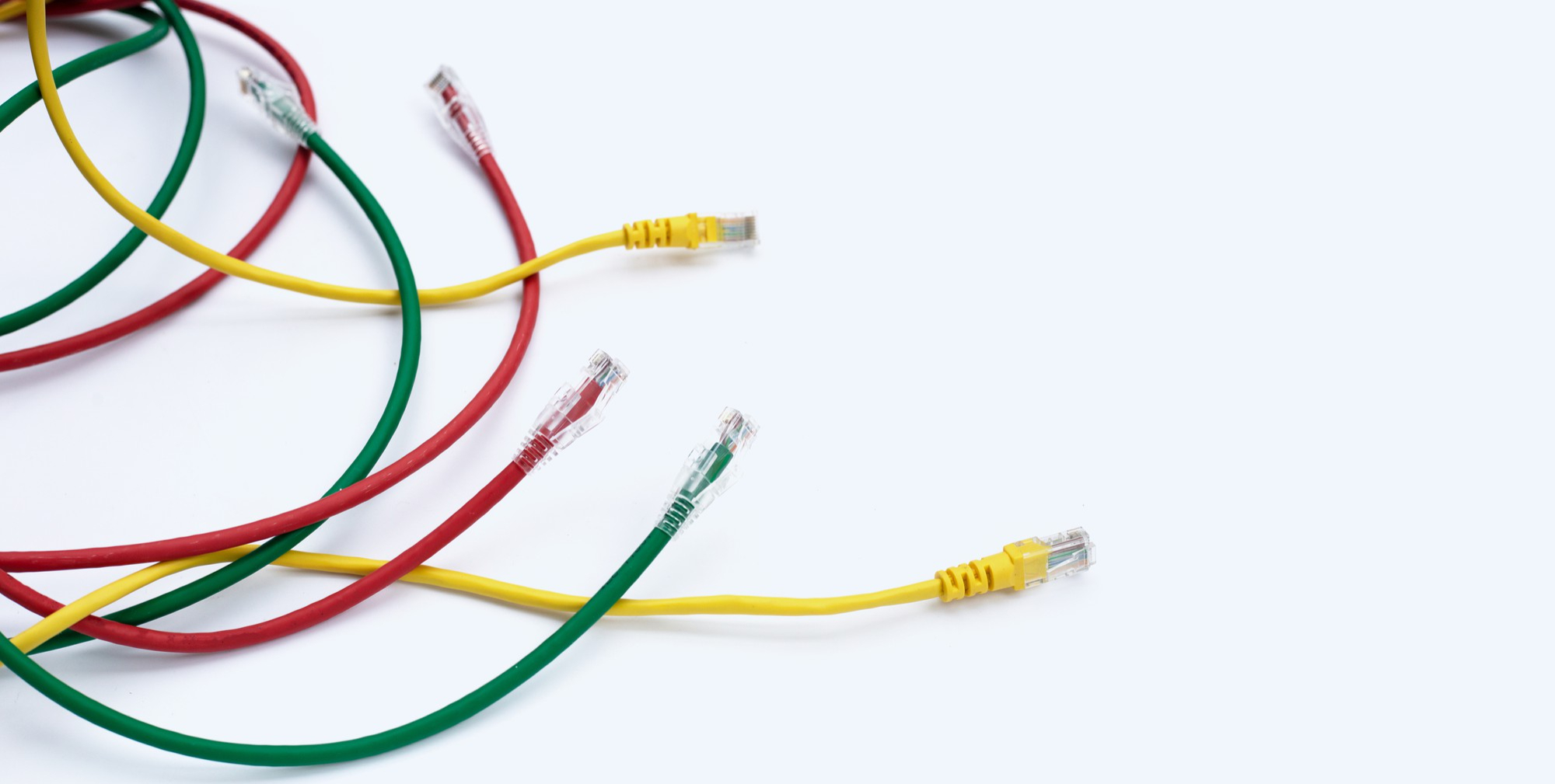Introduction to Cable Ampacity
When it comes to electrical systems, one term that plays a vital role in safety and performance is Cable Ampacity. But what exactly does it mean? In simple terms, cable ampacity refers to the maximum amount of electric current a cable can safely carry without overheating. At Trident Techlabs Limited, we understand how crucial this concept is for industries, engineers, and even homeowners.
Understanding cable ampacity helps prevent system failures, equipment damage, and potential fire hazards. In this article, we’ll break down this technical topic into simple, easy-to-understand language.
What is Cable Ampacity?
Cable Ampacity is defined as the maximum current (in amperes) that an electrical cable can carry continuously under specific conditions without exceeding its temperature rating. This limit ensures that the cable operates safely and efficiently over its lifetime.
Why is Cable Ampacity Important?
- Prevents overheating
- Ensures electrical safety
- Improves system reliability
- Reduces maintenance costs
- Helps in correct cable selection
By considering cable ampacity, engineers can design electrical systems that are both safe and energy efficient.
Factors Affecting Cable Ampacity
Several elements affect the ampacity of a cable. Understanding these factors is essential for choosing the right cable for your project.
1. Conductor Material
Copper and aluminum are the most commonly used conductor materials. Copper cables have a higher ampacity due to better conductivity.
2. Cable Size
Larger cables can carry more current. The thicker the cable, the higher its ampacity.
3. Insulation Type
Different insulation materials can withstand different temperatures. Better insulation = higher ampacity.
4. Ambient Temperature
Higher surrounding temperatures reduce a cable’s ampacity, as it becomes harder for the cable to cool down.
5. Installation Conditions
Whether a cable is buried underground, placed in open air, or enclosed in conduit also affects its ability to dissipate heat.
How to Calculate Cable Ampacity?
Calculating cable ampacity is crucial for safe and effective system design. While advanced calculations require engineering knowledge and standards, here’s a simplified overview:
Basic Cable Ampacity Formula:
Ampacity = (Conductor Cross-Section Area) x (Current Density)
But in real-world applications, calculations also include correction factors based on:
- Ambient temperature
- Cable grouping (derating)
- Installation methods
To avoid errors, it’s recommended to use standard charts like those provided by NEC (National Electrical Code) or IEC standards. At Trident Techlabs Limited, our engineering tools and expert consultations help simplify this task for our clients.
Cable Ampacity and Safety Standards
To ensure compliance and safety, cable ampacity must follow national and international standards, such as:
- NEC (National Electrical Code – USA)
- IEC (International Electrotechnical Commission)
- IS (Indian Standards for Electrical Installations)
Trident Techlabs Limited ensures all cable designs and recommendations meet the latest regulatory standards.
Cable Ampacity in Real-World Applications
1. Residential Wiring
Incorrect ampacity selection can lead to melted wires, circuit trips, or fire. Electricians use ampacity guidelines to choose the right wires for fans, air conditioners, and heaters.
2. Industrial Installations
In factories, machinery draws heavy currents. Cable ampacity ensures that wiring systems handle these loads without risk of overheating or failure.
3. Renewable Energy Projects
Solar and wind systems must transmit power over long distances. Here, ampacity calculations help choose cables that minimize losses and resist weather changes.
Trident Techlabs Limited – Your Expert in Cable Ampacity Solutions
At Trident Techlabs Limited, we specialize in electrical system design, analysis, and testing. Whether you’re building a new facility, upgrading an old system, or launching a renewable energy project, our team provides:
- Ampacity Analysis Tools
- Customized Cable Sizing Reports
- On-site Technical Assistance
- Compliance with NEC & IEC standards
With years of experience and a focus on innovation, we help clients across industries ensure their electrical systems are both safe and efficient.
Tips for Choosing the Right Cable Ampacity
- Know your current requirement – Understand the total current the cable will carry.
- Check the installation environment – Hot, closed, or outdoor spaces can impact ampacity.
- Use professional standards and charts – Avoid guesswork. Use NEC/IEC values.
- Consult experts – Trident Techlabs offers engineering advice to prevent costly errors.
Conclusion
Understanding Cable Ampacity is essential for anyone involved in designing or managing electrical systems. It ensures safety, improves performance, and avoids unnecessary expenses. With proper knowledge and expert support from Trident Techlabs Limited, you can confidently select the right cables for your needs.

